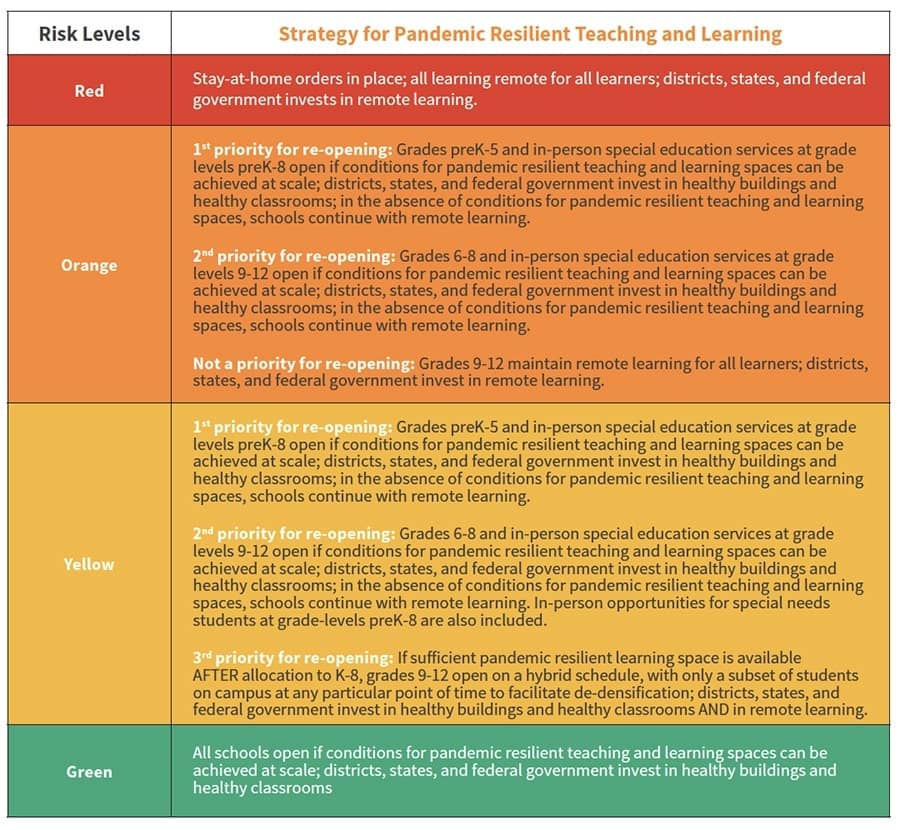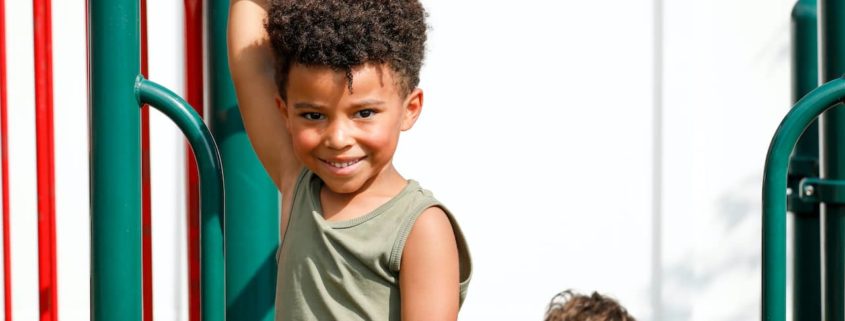Schools in the US have slowly begun reintroducing either in-person classes or a mix of virtual and on-site learning programs as more people gain access to COVID-19 vaccines. But many parents and caregivers remain hesitant to support this initiative — and for a good reason. Because how COVID-19 affects children and the long-term effects of vaccines are still uncertain, the decision to send your child back to school is a difficult one.
The majority of schools and educators worldwide advocate the return of students to school. According to the World Health Organization, reactivating in-person classes depends on the community’s risk levels and the schools’ safety protocols to ensure minimal to zero transmission. However, while data suggest that kids under 18 years are at a lower risk of catching the virus than adults, their roles in transmission still need further study.
You might ask yourself: “Given that studies seem to show children’s relative resilience to COVID-19, should I send my child back to school?” Here are some factors you should consider before deciding.
What to Consider Before Sending Your Child Back to School
There is no such thing as zero risk, especially in pandemic times. But you can certainly keep your child’s exposure to a minimum while still providing the environment they need to learn successfully. Here are some things you should consider before deciding to send your child back to school.
What are the case and transmission rates in your community? Are these low enough to justify schools’ reopening plans?
Communities in the US are assigned a color according to their risk levels. The Harvard Global Health Institute notes that it’s safest to send kids back to school if your area is in the Green and Yellow zones.

What safety steps will the school adopt?
Schools that are reopening in-person classes are required to adhere to safety protocols, including social distancing, mask wearing, setting up hand washing and sanitizing stations, limiting class sizes, and staggering class schedules. Steps should also be taken to ensure good air quality, like installing air cleaners with HEPA filters, using a ventilation system with MERV 13 or higher filtering systems, and limiting indoor activities.
Will all the students, teachers, and staff be checked daily for temperature changes and symptoms?
Schools must be extra vigilant in implementing these health checks daily, or even several times per day, to ensure that everyone is healthy. If a student or a teacher needs to stay home, whether or not the symptoms are comparable to COVID-19, schools should have a plan in place to continue supporting educators and children who need to work or study from home for the time being.
How will social activities be managed?
Children need to socialize as part of their healthy learning process, so it doesn’t make sense to ban social activities. What the school can do, is either limit class sizes or move activities outdoors to allow kids to distance themselves. If the activity is especially high-risk, like gym class or sports, schools can reduce team sizes, limit or restrict spectators, or come up with an entirely new and safer activity.
In-Person Learning is Best If it’s Safe
Attending school is more than just bringing kids to a uniform environment that offers structure. School is a place for them to interact with peers in a stimulating atmosphere that equips them to learn and grow. The safe return to face-to-face classes is a tricky endeavor but is definitely possible.
Cadence Education is committed to creating a safe space for children to be their best selves. As one of the schools that is ready to provide in-person classes, we are working closely with the Centers for Disease Control and the American Academy of Pediatrics to ensure that all best practices are implemented. These include enhanced cleaning and sanitization protocols, regular temperature checks and health screenings, managed drop-off and pick-up procedures, social distancing, and stricter exclusion and isolation protocols for any symptoms observed.
If you are still asking, “Should I send my child back to school?” We can provide guidance. Contact Cadence Education for more information about our protocols and readiness for face-to-face learning.

